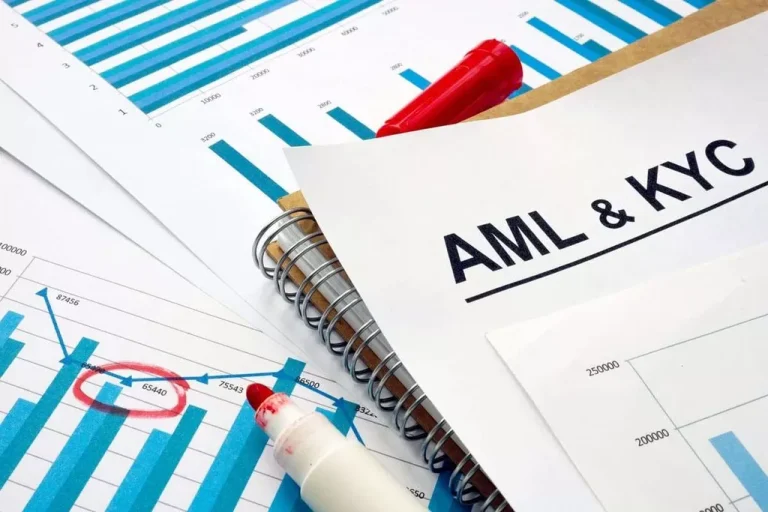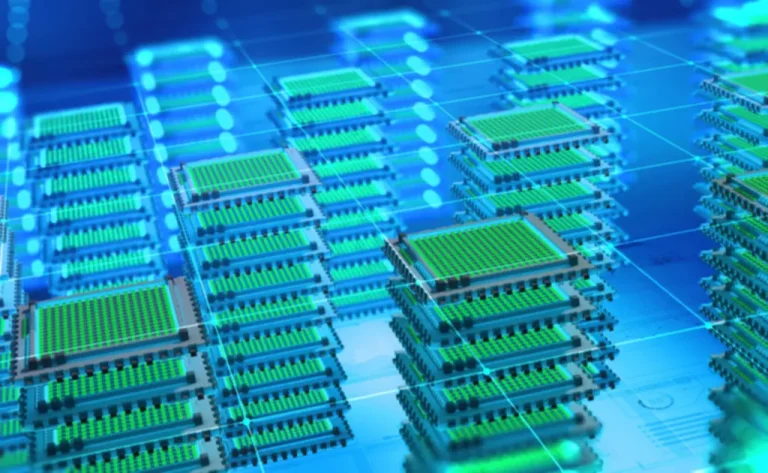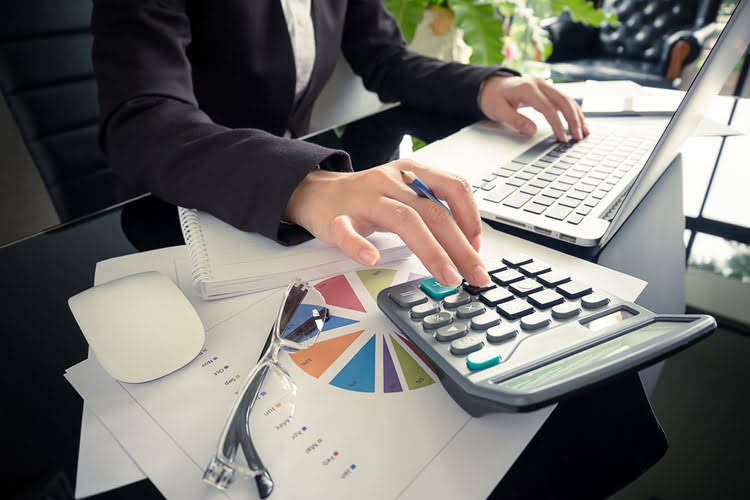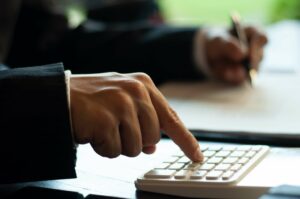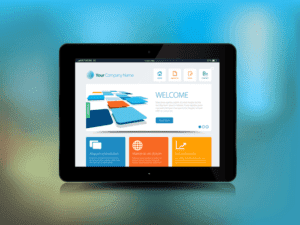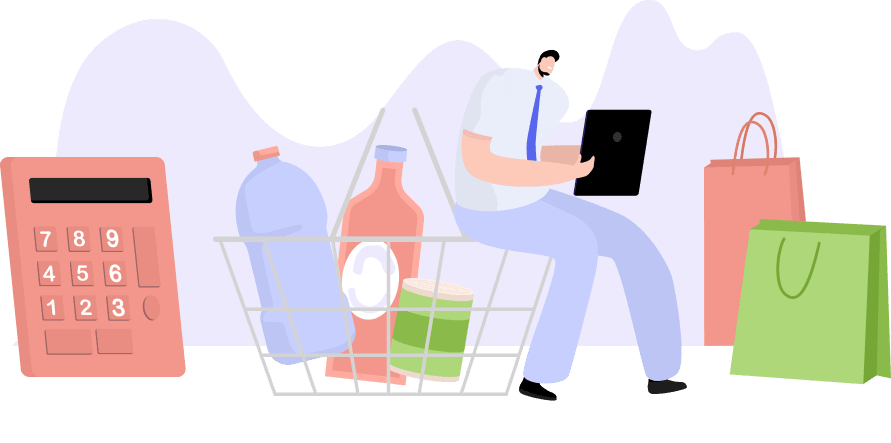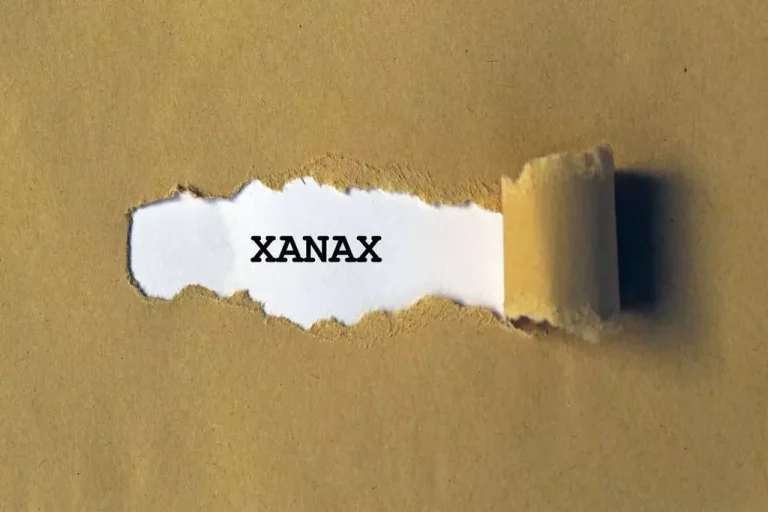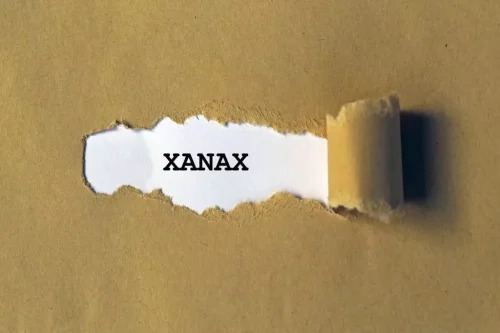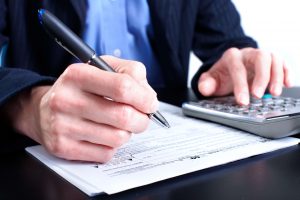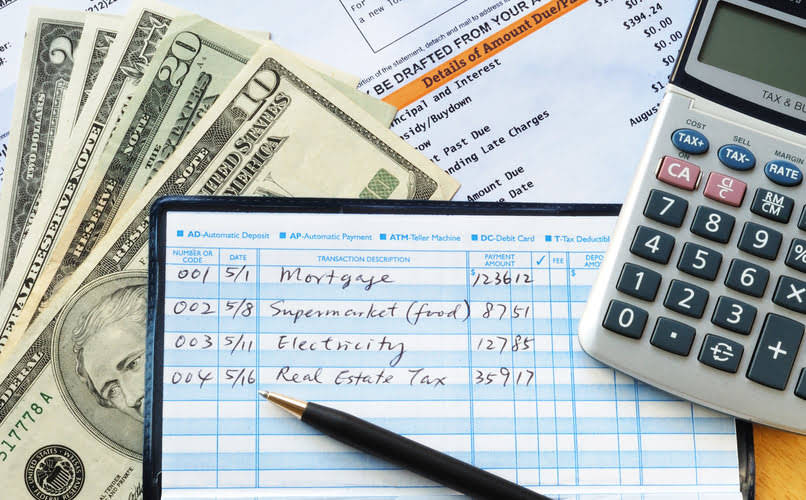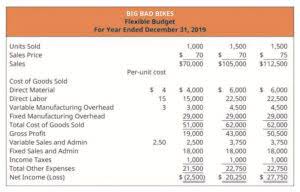10 Ways Narcissists and Alcoholics Are Similar
Relapse is a common experience among people who are recovering from AUD. You can take steps to prevent relapse, such as recognizing your triggers and joining a support group. If you do relapse, try to seek help again — it’s still possible to make a full recovery. There are no medications to treat NPD, but if you also experience depression or another mental health condition, a doctor may prescribe medications to treat the other condition.

Dealing with the Alcoholic Narcissist
- According to social learning theory, we learn through observing and imitating others around us.
- Moreover, the consequences of the narcissism-alcoholism cycle can be severe.
- It also found that people who watch internet pornography are more likely to have narcissism than people who do not.
- In general, narcissists don’t like to accept responsibility for what they say and do.
Reach out to loved ones you trust who can walk with you through the recovery journal. Alternatively, you can access support symptoms for each condition separately. Although it is a relatively new phenomenon, social media addiction has been around since the advent of sharing pictures and status updates online. A 2014 study into narcissism and the use of internet pornography found a direct correlation between hours spent viewing pornographic material and the extent of narcissism. It also found that people who watch internet pornography are more likely to have narcissism than people who do not. If your alcohol use is severe, you’ll likely need to go to an inpatient facility so that you can safely withdraw from alcohol.
From Curiosity to Dependence: The 4 Stages of Alcohol Misuse
One of the most significant impacts of being in a relationship with an alcoholic narcissist is the constant need for attention. They may always demand your attention, leaving little room for you to focus on your needs and desires. As a result, you may feel resentful and frustrated as you struggle to maintain healthy boundaries in the relationship. narcissism and alcoholism can often form a distressing cycle, reinforcing patterns and feedback loops that contribute to negative consequences. Understanding this cycle is crucial in comprehending the complex relationship between these two conditions. Very little research has been conducted specifically on narcissism’s effect on problem recognition or a person’s readiness to change.
How are narcissists and alcoholics similar?
- It can help them learn ways to develop empathy for others, assess their capabilities realistically, and improve their ability to regulate their emotions.
- A 2014 study looking at infidelity also found that people with narcissism were more likely to be unfaithful during a relationship.
- When other people point out their drinking problem, alcoholics react defensively.
However, there are steps they can take to reduce risks within their control. The outlook of co-occurring NPD and AUD may depend on the severity of each condition and how each individual is functioning. People with AUD may have self-awareness of their condition and a desire to change. However, some with NPD may not be aware of how their behavior affects others. By building support from family and friends, you are more likely to stay on course with your dual treatment plan and avoid the stress that can make AUD and NPD worse.
While these similarities exist, it’s important to note that alcoholism and narcissism are different conditions with unique characteristics. Narcissists may turn to alcohol as a means of self-medication or as a way to enhance their self-esteem. Alcohol can temporarily alleviate feelings of insecurity, anxiety, and low self-worth, providing a temporary escape from the demands of maintaining a grandiose self-image.
Golden Child Syndrome: What Is It, Common Traits & More mindbodygreen – mindbodygreen
Golden Child Syndrome: What Is It, Common Traits & More mindbodygreen.
Posted: Tue, 31 Aug 2021 07:00:00 GMT [source]
Does Alcohol Make Narcissistic Behavior Worse?
This article looks at the links between narcissism and addiction and explains why people with narcissism may be more likely than other people to engage in addictive behaviors. Many people use the terms “alcohol use disorder” and “alcohol misuse” interchangeably, but they refer to two different things. Jeanette Hu, AMFT, based in California, is a former daily drinker, psychotherapist, and Sober Curiosity Guide. She supports individuals who long for a better relationship with alcohol, helping them learn to drink less without living less. One bolsters the ego of the narcissist and one unknowingly encourages the addiction.
- People can misuse alcohol without having AUD or being addicted to alcohol.
- The fly slides deeper and deeper, eventually finding itself trapped in a place where escape seems impossible.
- Furthermore, alcoholism can contribute to a cycle of self-destructive behavior that reinforces narcissistic tendencies.
- With both conditions, the benefits of therapy depend on your willingness to work on yourself.
The Link Between Narcissistic Personality Disorder and Alcoholism
- If the person does not want to enter treatment or change, there may not be hope for healing.
- Alcohol can temporarily alleviate feelings of insecurity, anxiety, and low self-worth, providing a temporary escape from the demands of maintaining a grandiose self-image.
- Furthermore, as alcohol reduces inhibitions, it may exacerbate other narcissistic behaviors, such as heightened self-absorption, denial, delusions of grandeur, and destructive tendencies.
- On the flip side, grandiose and vulnerable NPD were both independent factors for alcohol abuse, concluded a 2019 study in the Journal of American College Health.
This study concluded that people with grandiose narcissism are more able to evaluate and recognize their problems with alcohol than people with vulnerable narcissism. People in the latter group are less able to recognize that they have a problem and are, therefore, less likely to be ready to change their behaviors. It is important to note, however, that the Diagnostic and Statistical Manual of Mental Disorders, 5th edition (DSM-5) does not distinguish between types of narcissism. The idea of vulnerable versus grandiose narcissism comes from the psychodynamic idea that people with narcissistic traits believe they need to be perfect to be okay. Narcissism and drug use are strongly linked, with many narcissistic individuals using drugs to enhance their sense of power and control over others. People with a narcissistic personality may also be more likely to engage in risky behaviors like drug use due to their sense of invincibility and lack of concern for the consequences of their actions.
Are narcissists more likely to develop addictions?
If you or someone you know is struggling with narcissism or alcoholism, it’s important to seek help from a mental health professional. Treatment may involve therapy, medication, and support groups, among other options. However, seeking help and support from qualified professionals can be transformative in breaking free from this cycle and promoting recovery and well-being. Treatment approaches that address both conditions simultaneously, such as dual diagnosis treatment, individual therapy, group therapy, and family therapy, can provide comprehensive support and guidance. Some mental health conditions are likely to occur together, and when they do, they’re called co-occurring disorders.
Alcohol helps the narcissist overcome their deep-seated insecurities and gain confidence, increasing the likelihood of them experiencing problems with alcohol later on. They depend on others for validation; if that’s not forthcoming, their whole world collapses – an experience that drives them to find solace in the bottom of a bottle. Research suggests that narcissists suffer more stress than non-narcissists, possibly because they’re actually more insecure. This shouldn’t come as a surprise when considering why people are driven to drink.




